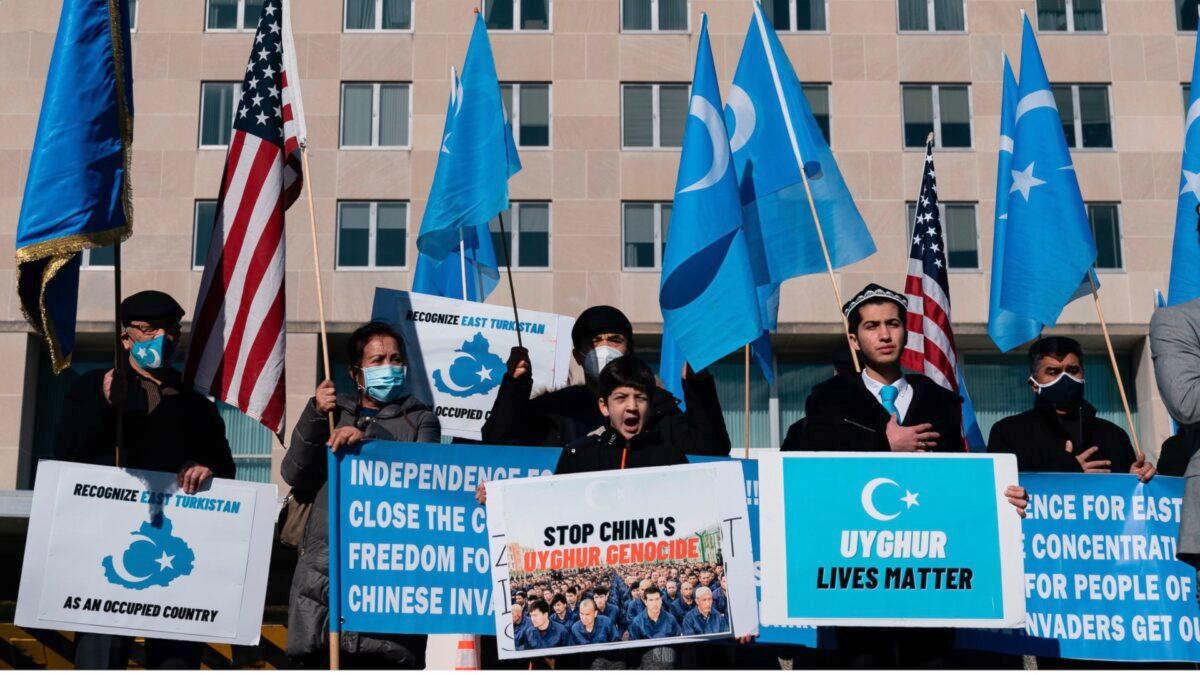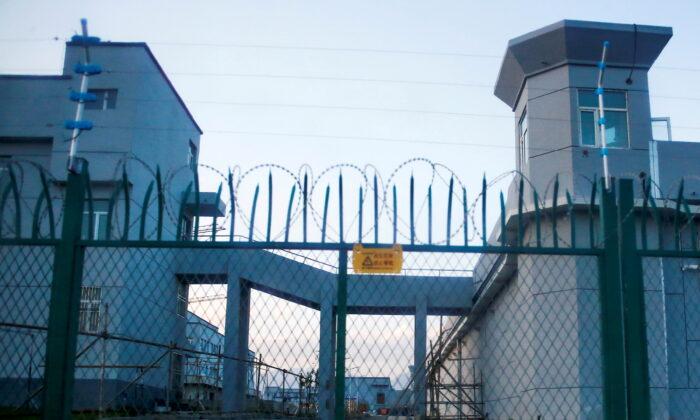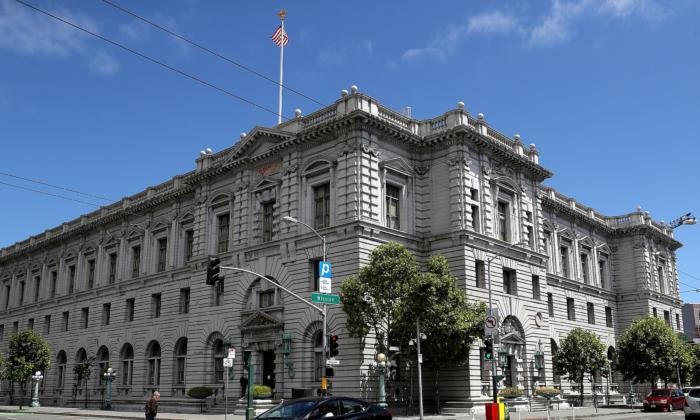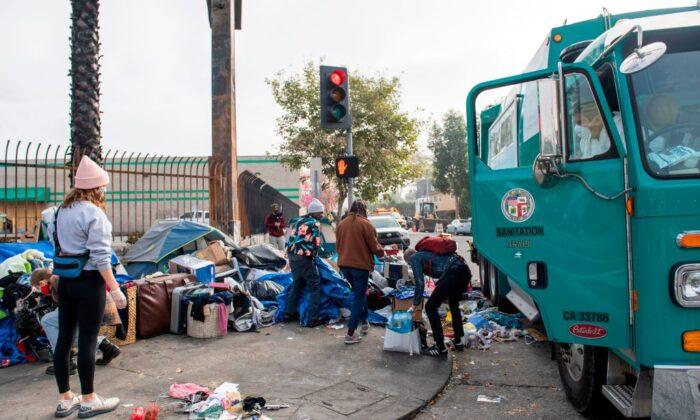The Chinese regime blocks Chinese citizens from accessing nearly all Western social-media platforms—Facebook, Google, Twitter, YouTube, Instagram, and others—not to mention such conventional international news sources as the BBC, The New York Times, and The Wall Street Journal. China’s “Great Firewall,” as it is called, is said to be the most technologically sophisticated system of media censorship in the world.
Yet censor as it may inside China’s own borders, the Chinese regime has no qualms about using Western social media, YouTube and Twitter in particular, to wage a propaganda war elsewhere, particularly on the issue of its treatment of the 13 million Turkic-speaking Uyghur Muslims who live in Xinjiang in far-western China. It is a viselike two-pronged war. On the one hand, China has issued a stream of propaganda videos appearing on YouTube and Twitter designed to paint the Uyghurs as extremist terrorists, and the Chinese regime as a benevolent force that has replaced poverty with prosperity for a majority of Xinjiang’s residents. On the other hand, China may have pressured a compliant YouTube to remove videos made by human rights advocates documenting torture and forced labor as the actual conditions endured by many members of this ethnic and religious minority.
More than one million Uyghurs—nearly a tenth of Xinjiang’s total Uyghur population—are said to be confined in a network of prison-like detention camps where hundreds of thousands of them are forced to labor in Xinjiang’s huge cotton industry (the region produces 20 percent of the world’s raw cotton). Others work in the hundreds of newly built factories inside or not far from the camps, some of which, it is alleged, supply such major consumer-goods producers as Nike, Coca-Cola, and Calvin Klein (all three deny that their supply chains use slave labor). Except for the occasional Potemkin Village tour, journalists have been barred from access to the mass internment sites, which China euphemistically calls “vocational training and education centers,” but enough drone footage and photos have been spirited out of China, supplemented by reports from survivors, to give what appears to be an accurate picture of horrific conditions there.

The mass detention camps were a response to bloody ethnic clashes on the streets of Urumqi, Xinjiang’s capital, in 2009, as well as attacks on pedestrians and commuters in Beijing in 2013 and in Kunming in southern China in 2014. The Chinese regime blamed the incidents on Islamic terrorists, and in 2016 began building the camps to house Uyghurs and other Turkic Muslims suspected of “untrustworthiness” and separatist-nationalist sentiments. That could mean viewing religious content on the internet, having an overseas relative, or downloading a forbidden app.
The aim of the mushrooming network of camps, and of China’s policies elsewhere in Xinjiang, is “de-radicalization.” That means brutally detaching Uyghurs from their Muslim religious and cultural identities: making them eat pork, shaving off men’s beards, and subjecting them to hours of political re-education. Thousands of children have been separated from their parents, and imprisoned Uyghur women reportedly endure forced abortions and sterilizations. They even allegedly have their hair cut off and to be sold to the global wig industry. In the cities of Xinjiang, the Chinese regime has bulldozed or desecrated dozens of mosques and Islamic holy sites that once drew tens of thousands of pilgrims. The government has also encouraged Han Chinese—China’s overwhelming ethnic majority—to settle in Xinjiang and dilute the population demographically, to the point that Han now makes up around 40 percent of Xinjiang’s residents.
In 2019, after a drone video surfaced showing hundreds of blindfolded men in Xinjiang being loaded onto a train, their heads shaven and their hands shackled, the Chinese state-owned media placed video documentaries on YouTube painting the Uyghurs as having perpetrated thousands of acts of terrorism from 1990 to 2016, even operating terrorist camps for indoctrinating children. The implication was that the mass internment was well-deserved.
The latest Chinese social-media campaign takes a different tack that downplays—even comes close to denying the existence of—the detention camps and forced labor. On June 23, The New York Times and ProPublica, a nonprofit journalism, posted the results of an analysis of more than 3,000 videos that have popped in recent months on YouTube and Twitter. In the videos, store owners, taxi drivers, retirees, mothers, and grandmothers describe in either Uyghur or Chinese (with English subtitles) the happy, prosperous lives they are currently leading in Xinjiang and denounce American politicians and other public figures who have criticized China’s repressive policies. The videos have a scripted quality, with the speakers using identical or nearly identical phrases in hundreds of them. One used-car dealer contacted by the ProPublica reporting team said that local propaganda authorities had produced his particular clip, and he directed the reporter to the propaganda office (which did not return calls).
At around the same time that those thousands of clearly manufactured videos began turning up, YouTube abruptly shut down the channel Atajurt Kazakh Human Rights, which collects and publicizes video testimony from relatives of camp detainees in Xinjiang. The channel’s owner, Kazakh activist Serikzhan Bilash, had been posting the videos, about 11,000 of them to date, without complaint from YouTube, since 2018. Then, suddenly, on June 15, YouTube decided that Bilash had “violated community guidelines” against doxxing by publishing identifying information that would assure viewers that the relatives were real people. On June 18, YouTube restored the channel, but four days later it locked some of the earliest videos, saying they potentially violated its “criminal organizations policy,” which bans content praising criminal or terrorist organizations. There is no direct evidence that pressure from the Chinese regime spurred YouTube’s actions, but their timing—as Congress appears ready to pass a bill that would require American businesses to prove that their products weren’t produced with forced labor—appears more than fortuitous.
The timing also shows that the Chinese regime, while perfectly willing to censor Western social media within its own borders, has no objection to taking advantage of the very same social media when it suits its own purposes.






Friends Read Free